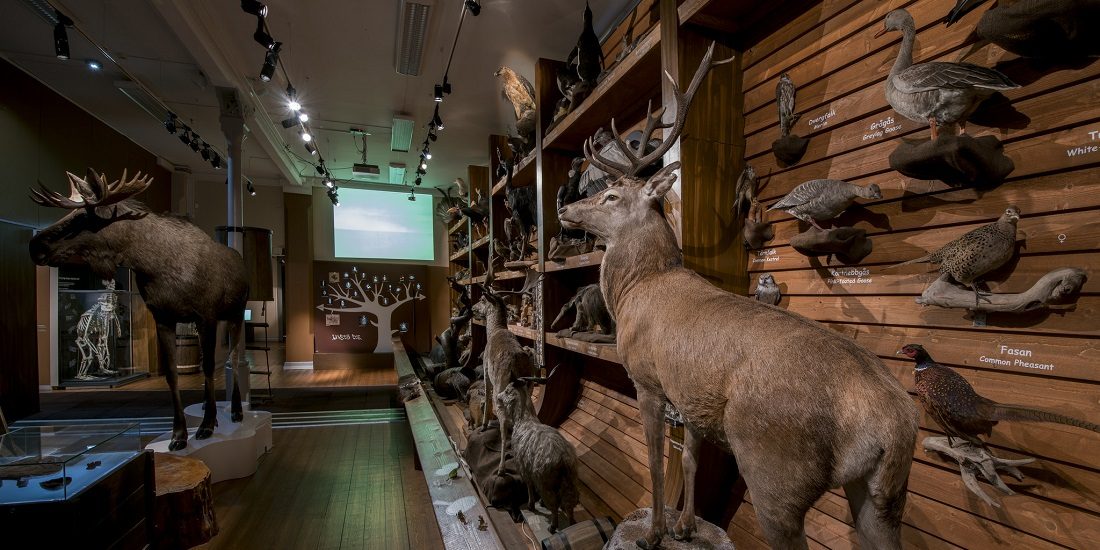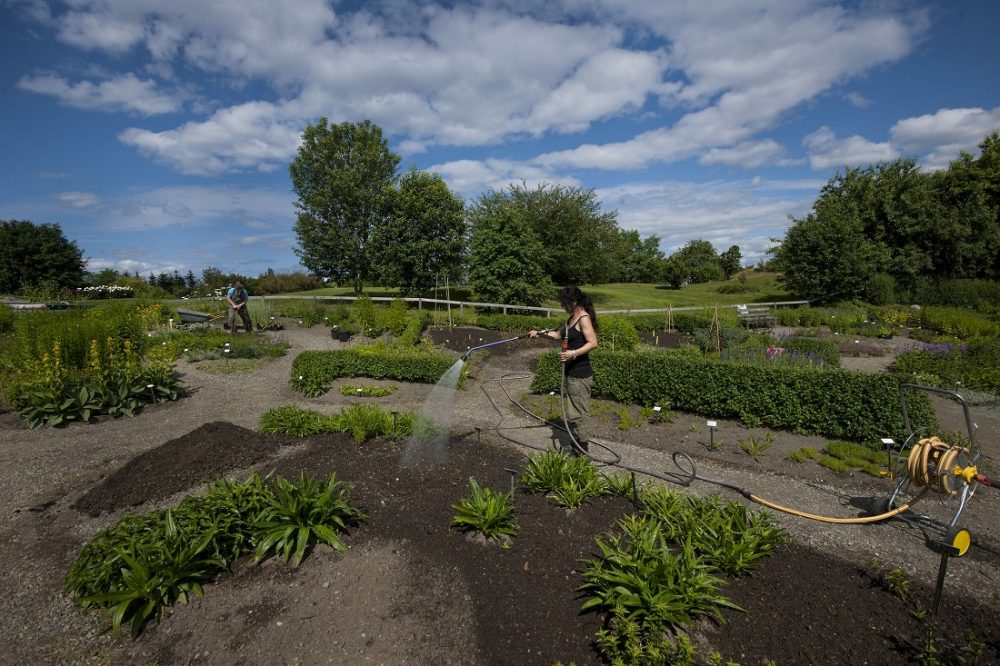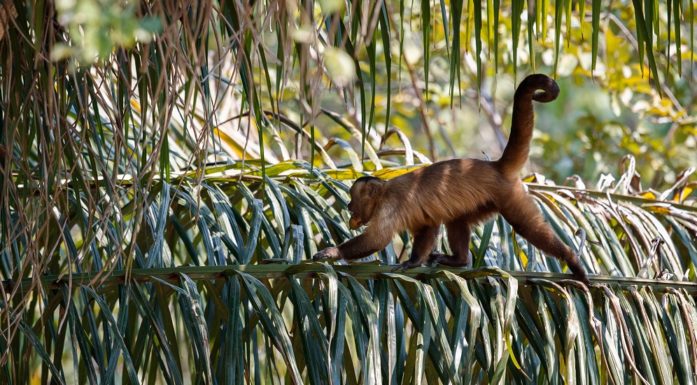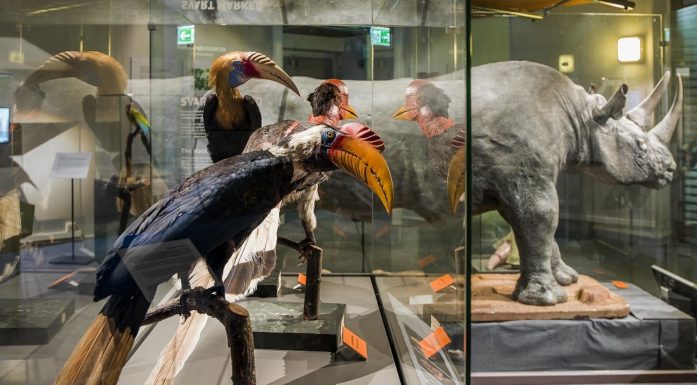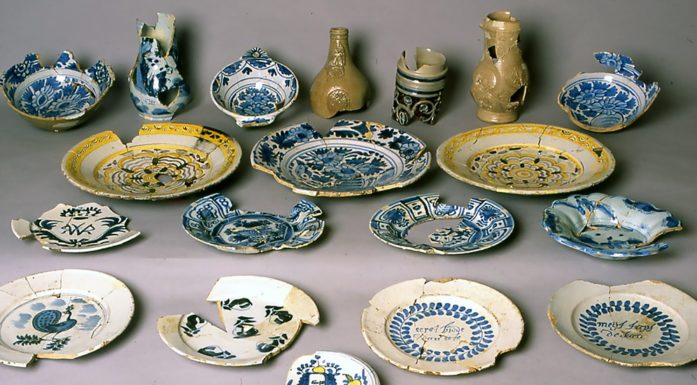Museums can give us better beer, paint and omega-3
Natural history collections aren’t just dusty financial sinkholes. Actually, they can be gold mines for industry.
European museums have collected, systematized and preserved biological specimens for hundreds of years. Taken together, the collections constitute a huge archive of life on Earth. They’re also great to have for other folks to see beyond the academics who have a purely theoretical interest in biology.
“Possibilities abound, ranging from the development of new yeast cultures for producing beer to automated monitoring of ecosystems and developing new medicines,” says Hans Stenøien, a professor in the Department of Natural History at NTNU University Museum.
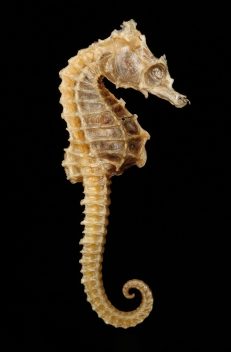
A sensational find of a seahorse in Kalundborg Fjord in Denmark in 2017. It is now housed in the Natural History Museum of Denmark in Copenhagen. Photo: Henrik Carl, Natural History Museum of Denmark
But it costs a lot to collect and take care of millions of objects, and it’s not exactly a task that is high on everyone’s priority list.
That’s why museums have to find new ways to finance their collections. Several European museums and universities are now collaborating to improve cooperation with biotechnology companies, for the benefit of all.
- You might also like: Hundreds of thousands of dead in the basement
Millions of opportunities
The museums and fourteen industry partners have asked the EU to finance fifteen doctoral degrees. The initiative is called European Translational Museomics.
A new generation of researchers will not only have the necessary prerequisites for growing and preserving the collections, but also for recognizing the practical possibilities – including business opportunities – offered by the enormous resources the museums are sitting on.
The NTNU University Museum alone has approximately one million objects in its zoological collections, in addition to a large collection of human bones from the Stone Age and later toward our own time. The botanical collections comprise around 500 000 objects, plus living gardens at Ringve in Trondheim and Kongsvoll in Dovre municipality.
This may sound like a lot, but the Natural History Museum in London, which is among the museums cooperating with the NTNU University Museum, has 80 million specimens in its collections.
The Natural History Museum of Denmark at the University of Copenhagen also has a large collections of plants, animals and geological material. These comprise around 14 million objects.
“To survive in the 21st century, it’s essential that we take care of our collections and make them available to a wider public and future researchers. We see no better way of doing this than by showing that the collections have broad relevance for society through a wide range of industry-related applications,” says Anders Johannes Hansen, head of research at the Natural History Museum of Denmark.
Also participating in the collaboration is the University of York, which has specialists in new research techniques.
Article continues below photo.
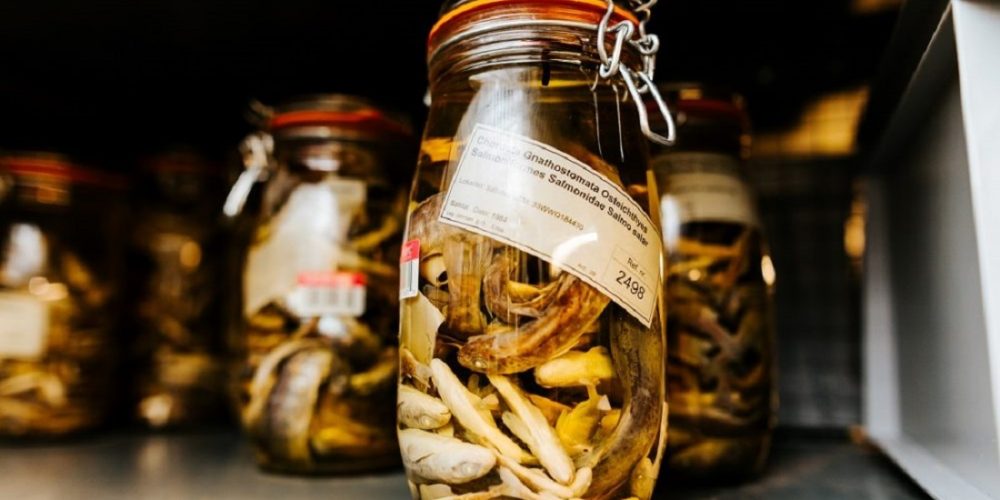
The NTNU University Museum alone has around 1 000 000 specimens in its zoological collections. Photo: Julie Gloppe Solem, NTNU
New and old beer
Beer enthusiasts could find a real opportunity in natural history collections.
Small breweries have succumbed as big companies take over large parts of the market. These small breweries often had their own beer yeast cultures that gave their products a very special flavour, but the cultures might disappear as soon as the breweries closed their doors.
Fortunately though, museums have preserved a number of these cultures. The Danish yeast scientists and brewers Emil Christian Hansen and Carl Jacobsen created an archive of beer yeast types already in the 19th century.
The University of Copenhagen and NTNU are collaborating on analysing samples from that time, which could again provide us with more new beer types. The recent progress in genetic analysis methods, combined with the onset of microbreweries, offers new opportunities – and hopefully great flavours when some of these old beers make a comeback.
But all about beer it’s not. After all.
- You might also like: Brewing Viking beer with stones
Paint and cosmetics
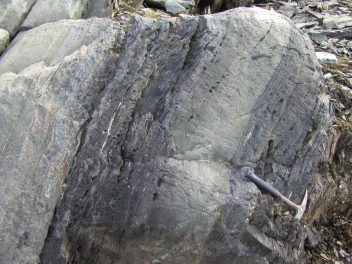
The oldest traces of life on Earth that we know about are more than 3.7 billion years old. They originate in Greenland’s oldest cliffs in Isua. The cliff once formed the bottom of an early sea, and in it we can find traces of life from this former seabed. A piece of the rock can be found in the collections at the Natural History Museum in Copenhagen. Photo: Minik Rosing, Natural History Museum of Denmark
Combining scientific curiosity with practical research is not exactly new and it isn’t exclusively linked to new positions.
Moss scientist Kristian Hassel and geneticist Mike Martin from the NTNU University Museum are going to Iceland in August to look at mosses. They will be investigating whether the mosses may have survived the last ice age under the ice, and will also see if substances in mosses can be used to develop new health products. Mosses contain terpenoids and lipids, substances that can be used in the manufacture of products with different fragrances.
“The company we work with, Mosspiration Biotech, believes that a large number of chemicals can be produced using ‘green plants’ this way,” says Stenøien.
Museums already own large collections of diatoms. They are among the most common phytoplankton found, and about 200 000 species are known. These algae have evolved to reflect and filter ultraviolet radiation. Paint products and cosmetics also contain UV-filtering agents that protect the paint against fading and cosmetics users against burns and cancer.
These substances are currently synthetically produced. But the University of Copenhagen and the Natural History Museum are well underway in an industrial partnership with Sun Chemical to see what can be learned from diatoms, and perhaps to find more environmentally friendly solutions.
Article continues below photo.
Omega-3 and aquaculture
Omega-3 fatty acids are probably important for the development of our nervous system, but not all omega-3s are created equal.
Fish and nuts are among the foods that provide different types of omega-3 in our diet, and now it’s been discovered that microalgae can produce the fatty acids directly from nutrients, water and light. More great opportunities exist in this area, not only in terms of health benefits, but also for business prospects.
A few microalgae species have been studied to look at the possibilities, but more than 200 000 other species haven’t even been tested, so we don’t yet know which of them are the most effective or best to use.
The museums have the necessary collections and specimens – and NTNU is on board with the work.
Still not convinced?
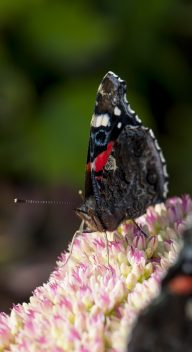
Red admiral (Vanessa atalanta) on Butterfly stonecrop (Hylotelephium spectabile). From Ringve Botanical Garden. Photo: Åge Hojem, NTNU University Museum
What if the old collections of intestinal worms could provide us with new treatment methods? Or mites could give us healthier soil to grow our food? The museums’ list of invertebrates can contribute to the development of new medicinal products. Human skeletons give us important medical information about the genetic variation we find in our species around the world.
Species at risk of extinction can be better mapped by comparing them with the museum collections. They not only tell us about their earlier prevalence, but may also help us find relationships between the risk of extinction and genetic variation in species.
Historical mapping of ecosystems is more or less dependent on a comparison with the museums’ collections.
These possibilities are just the beginning of many more potential opportunities.
- You might also like: Is the woolly mammoth really gone for good?
World class
“We’re sitting on world-class facilities and expertise,” says Professor Stenøien.
The collaborating museums also want to look at how they can use their enormous wealth of specimens in different arenas and how the information can be made available to industrial actors who need it.
“At our museum we have an ambitious plan to open our collections to everyone. Traditionally, natural history collections are mainly used and studied by and in an exclusive research environment. That’s fine and good, but today, with the new digital and genomic technologies available, we can do so much more and let our collections benefit society on a completely different scale,” says Peter C. Kjærgaard, the museum director at the Natural History Museum in Copenhagen.
“We have a wonderful resource in our collections. It should be used by as many people as possible. This project will be key to demonstrating the massive potential of the collection. I’m sure this is the right way to open up the industry’s interest in all the possibilities offered by the world’s great natural history collections,” says Kjærgaard.
